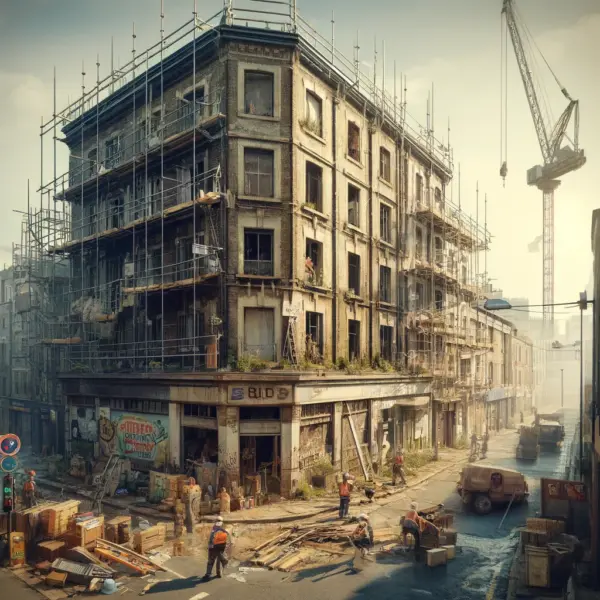
In the ever-evolving landscape of property investment, savvy investors are always on the lookout for incentives that can enhance the profitability and sustainability of their projects. One such important but often overlooked tool is the Business Premises Renovation Allowance (BPRA). Designed to stimulate the regeneration of disused commercial properties, BPRA offers significant tax advantages that can dramatically shift the financial dynamics of renovation projects.
Understanding BPRA: What Is It?
The Business Premises Renovation Allowance is a tax relief initiative in the UK, aimed at encouraging the renovation and conversion of vacant and derelict commercial properties in designated disadvantaged areas. The BPRA provides a substantial incentive: 100% tax relief on qualifying expenditure incurred in renovating such buildings.
Eligibility Criteria: Who Can Benefit?
BPRA is applicable to properties that have been vacant for at least one year and are situated in designated assisted areas. The allowance is available to both property owners and leaseholders who undertake qualifying renovation work. The types of properties that qualify typically include commercial buildings like offices, shops, and warehouses.
Qualifying Expenditures: What’s Covered?
The expenditures that qualify for BPRA are comprehensive, covering most costs directly associated with the physical renovation of the building. This includes:
- Structural repairs and alterations
- Electrical and plumbing work
- Installation of heating systems
- External and internal reconstruction
However, expenditures on extensions, land acquisition, and financing costs are not covered under BPRA.
Claiming BPRA: A Step-by-Step Guide
To benefit from BPRA, businesses must ensure that the expenditure is incurred in the process of converting or renovating a qualifying property. The claims process involves:
- Identifying a Qualifying Property: The property must be in a designated area and have been vacant for at least a year.
- Undertaking Qualifying Renovation Works: The work should aim to bring the property back into commercial use.
- Documenting Expenditures: Keeping detailed records of all qualifying expenditures is crucial for BPRA claims.
- Filing Claims: Claims for BPRA are made through your tax return. It’s advisable to consult with a tax professional to ensure the claim is filed correctly.
Strategic Considerations
While BPRA offers enticing tax benefits, investors should approach renovations with strategic planning, considering the potential for property value enhancement and the impact on rental yields. Furthermore, understanding the timeline for phased renovations and the long-term commitment required is crucial for maximising returns.
Conclusion
The Business Premises Renovation Allowance represents a valuable opportunity for investors to not only bring life back to underutilised properties but also to enhance their investment portfolios through significant tax relief. By revitalising disused spaces, investors contribute positively to local economies, promoting business growth and community development.
Embark on your renovation journey with a clear understanding of BPRA and make the most out of your property investments.
Contact us
Thinking of optimising your tax strategy? Connect with us to learn how an efficient tax strategy can transform your financial roadmap.
Schedule a consultation with our tax specialists today:
| Salman Sadiq, Director
Email: salman@cpatax.co.uk |
Babar Khan, Director
Email: bk@cpatax.co.uk |
